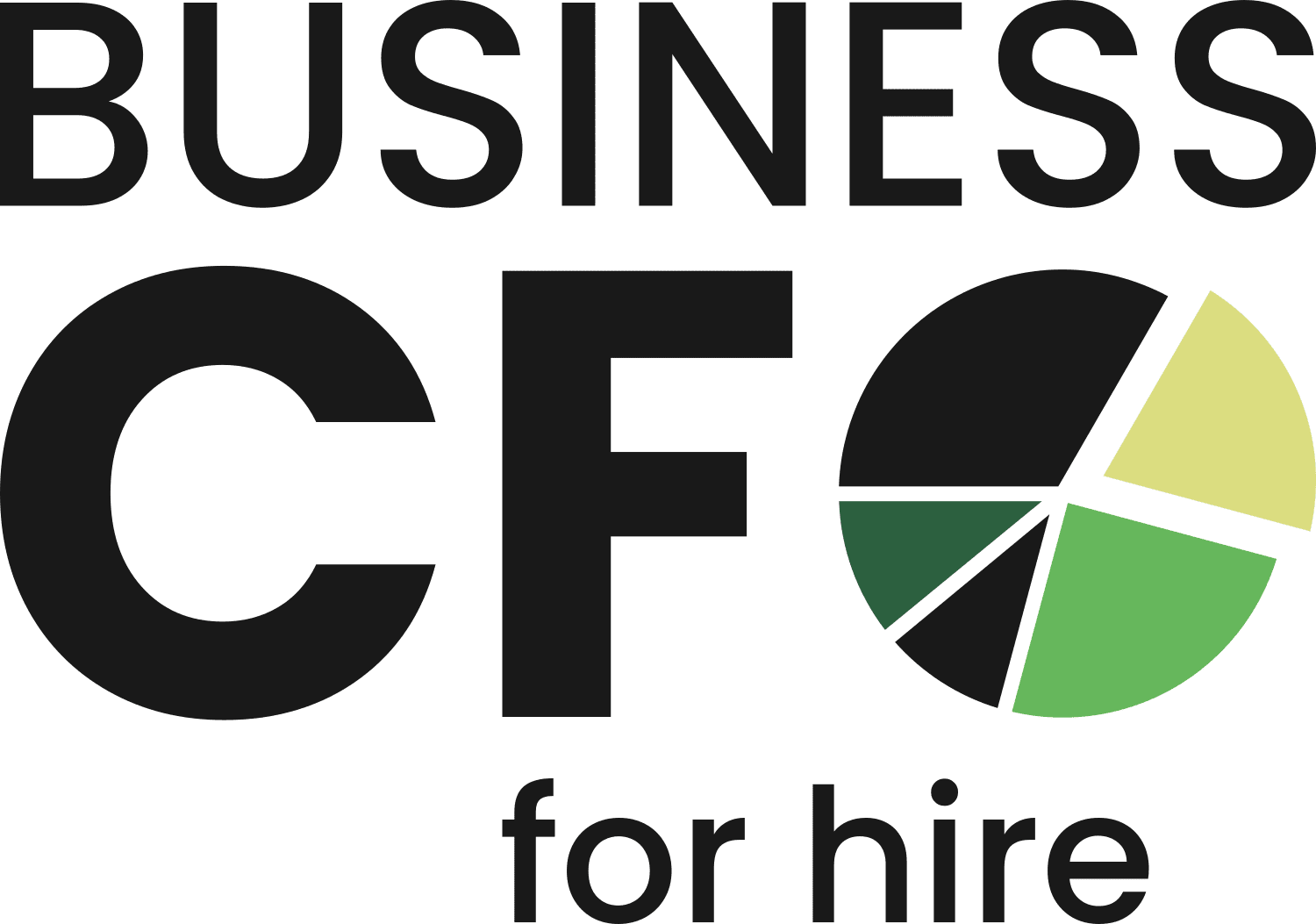As the U.S. labor market cooldown continues through mid-2025, small businesses are navigating a landscape defined by lower hiring intentions, wage growth tapering, and lingering uncertainty about demand and costs. Through my – the strategic lens of a Fractional Chief Financial Officer, the impact of these shifts on operations, efficiency, cash flow, and profitability is both immediate and consequential across key industry sectors.
The State of the Labor Market in 2025
- Hiring Plans on the Decline: Only 42% of small and midsize business leaders plan to increase their workforce this year, the lowest since 2003. About 13% foresee staff reductions—a level last seen during major economic downturns. (source Newsweek)
- Unemployment and Wage Trends: Unemployment is edging up, with forecasters predicting a moderate rise from 4.2% to 4.5% in the second half of 2025 yet remaining historically low. Wage growth for employees is projected to ease to around 2.5% year-over-year by December, curbing the previously urgent competition for talent.
- Worker Retention and Turnover: Employees are less likely to switch jobs compared to previous years, shifting the focus from aggressive recruiting to retention strategies – this is a big shift from historical strategies.
Operational and Efficiency Impacts by Industry
| Industry | Labor Market Cooldown Effects | Efficiency & Operations Impact |
| Retail | Wage pressure remains; staff shortage for peak periods | Smaller teams, reduced store hours, focus on tech |
| Hospitality | Difficulty hiring/retaining hourly staff | Fewer hours of operation, increased automation |
| Construction | Skilled worker scarcity, project delays | Leaner crews, delayed timelines, higher contracts |
| Professional Services | Higher wage expectations, skilled labor tight | Increased adoption of AI/automation, remote models |
| Manufacturing | Ongoing trade tensions, lost jobs | Streamlined lines, upskilling, overtime for staff |
Cash Flow and Profitability: A Fractional CFO’s Focus
- Payroll Pressures: While the wage surge has slowed, elevated payroll remains a leading driver of expense growth. Less than 50% of small business owners cite payroll as a top cost concern this year.
- Health Benefits and Credit: Surging benefit costs and persistent high interest rates squeeze margins and make it expensive to finance hiring or expansion.
- Adaptation Strategies: Strategic Tactics for optimizing cash:
- Increasing use of contractors to reduce long-term commitments.
- Enhancing operational flexibility—employing part-time or temporary staff as needed.
- Investing in technology to automate administrative, service, or production tasks, reducing reliance on hard-to-find labor and improving process speed.
Profitability
- Shrinking Margins: Many small businesses are unable to match wage offers from larger competitors in sectors like retail and hospitality, narrowing margins.
- Service Reductions: Reduced staffing can mean shorter business hours or smaller output, directly limiting revenue potential, especially for businesses traditionally dependent on high-volume foot traffic.
- Volatile Demand: Uncertain consumer demand, paired with reduced ability to scale labor up or down, puts additional pressure on pricing and profitability in sectors such as retail and construction.
- Productivity Technology: Those investing in AI or digital tools are partially offsetting rising costs by increasing per-employee output, particularly in fields like professional services.
Strategic Recommendations for 2025
- Balance Flexibility and Stability: Prioritize adaptable staffing models—combining core full-time employees with agile, part-time, or gig workers.
- Focus on Retention: Invest in competitive compensation, benefits, and career development to reduce costly turnover, which can drain resources and expertise.
- Tech-Driven Efficiency: Deploy automation and digital platforms to simplify workflow, cut administrative burden, and make do with fewer but more productive employees.
- Monitor Cash Flow Relentlessly: Use rolling cash forecasts to anticipate payroll, benefits, and unexpected expenses in an unpredictable hiring climate.
- Scenario Planning: Model the financial impact of further wage increases, demand reductions, or credit tightening, so you can act fast as market conditions evolve.
- Customer Experience: Guard against cuts that degrade service; maintain quality delivery even as you trim labor hours to avoid longer-term reputation or revenue damage.
What to expect
For small businesses in 2025, the labor market cooldown brings welcome relief from runaway wage inflation but introduces new efficiency challenges. With tighter margins, leaner staff, and enduring uncertainty in both demand and labor supply, I’m doubling down on productivity, retention, and operational agility. Adaptation—through technology, flexible labor models, and sharp cash flow management—will be central to maintaining profitability as the labor market resets to a new normal.
Can I help you implementing appropriate strategies to maximize and make 2025 a phenomenal year…. Schedule a consult today to find out more.

